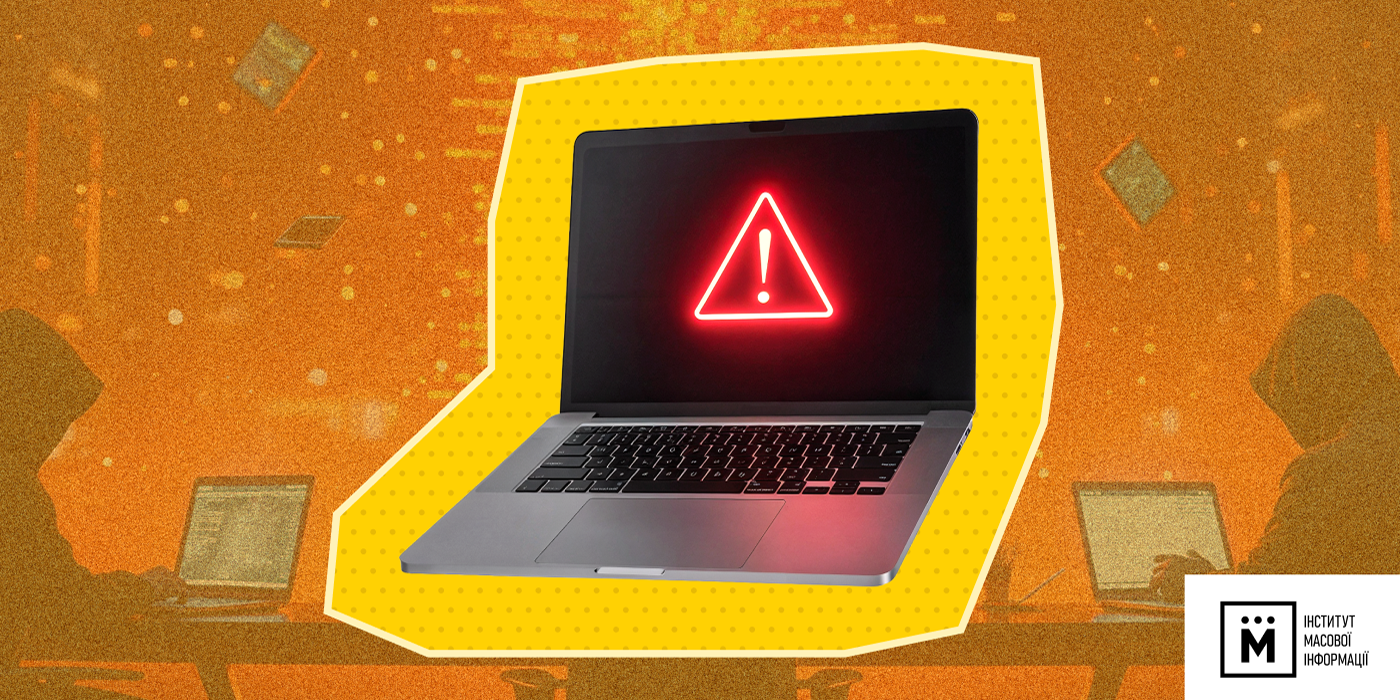
More than one third of stories (37%) in the regional mass media on the candidates for the presidency had signs of paid-for stories, another 7% of stories had signs of counter-propaganda and smear campaign. These are the results of survey conducted by the Institute of mass Information in 10 regions of Ukraine through March this year, the sample was 705 news in 100 web-based editions.*
One month ahead of election of the president, the regional mass media were publishing neutral journalistic texts on the candidadtes or jeansa. At the same time, the most often the journalists for the regional web-based editions were writing on the candidates: Petro Poroshenko, Yulia Tymoshenko, Andriy Sadovyy, Volodymyr Zelensky and Anatoliy Grytsenko. As to the quantity of stories with signs of paid-for materials, the leading position was up to Yulia Tymoshenko, Petro Poroshenko, Yuriy Boyko and Oleksander Vilkul.
Journalistic materials free of signs of paid-for stories
According to the IMI survey, during the period of monitoring, the regional web-based editions published 392 author’s materials on the candidates for the presidency . The most part covered Petro Poroshenko (33% or 130 publications), Andriy Sadovyy (12% or 47 publications), Yulia Tymoshenko (12% or 48 publications), Volodymyr Zelensky and Anatoliy Grytsenko (8% or 33 stories and 30 stories respectively).
In total, there were 67% of neutral stories on the candidates. 20% of author’s stories had some negative/positive content on the candidates. The less of publications (13%) were with some positive accent.
The most part of author reports were published by web-based editions of Lviv (53% compared to total number of publications). Ternopil took the second position (11%), Chernivtsi took the third position (8%).
The less of reports on the candidates was published in web-based editions of Sumy (in total eight texts or 2%).
Stories with signs of being paid-for
According to this survey, not less than 313 political stories with signs of paid-for on the candidates for the presidency were published throughout the monitoring period. Top position as to the quantity of jeansa was taken by web-based editions in Zaporizhzhya (22%) and Ternopil (19%). The less of jeansa was at web-based editions of Rivne (3%).
The candidates who had the most of coverage with stories with signs of paid-for in regional mass media were Yulia Tymoshenko (28%), Petro Poroshenko (22%), Yuriy Boyko (15%) and Oleksander Vilkul (9,5%).
The most of jeansa in favour of Yulia Tymoshenko (9% out of total number of positive jeansa, or 20 journalistic texts) were published by Ternopil web-based editions. The most of jeansa in favour of Oleksander Vilkul (7% or 17 journalistic texts) and in favour of Petro Poroshenko (7% or 16 journalistic texts) there were published in Zaporizhzhya media. In favour of Yuriy Boyko (7% or 16 journalistic texts) there were published by Sumy web-based editions.
7% of stories from the total number of stories on the politicians had signs of campaigning against the candidates. The most part of the stories of the kind were targeting Petro Poroshenko (49% from total number of negative materials with signs of paid-for), Yulia Tymoshenko (18% of stories) and Volodymyr Zelensky (18% of stories). The most part of negative stories with signs of paid-for were published in Zaporizhzhya and Ternopil (33% and 31% respectively from the total number of negatively tainted political stories with signs of paid-for materials). No stories with signs of counter-propaganda were revealed in the web-based editions in Lviv, Sumy and Kharkiv.
*In the framework of this survey our experts analyzed newslines of 100 regional web-based editions in 10 towns of Ukraine (Zhytomyr, Zaporizhzhya, Lviv, Rivne, Sumy, Ternopil, Cherkassy, Kharkiv, Chernivtsi, Chernhiv). The survey covered the journalistic texts on the candidates for the presidency or materials on the candidates with signs of paid-for stories. The stories which were marked as political advertisement or pre-election campaign were not analyzed. The methodology of this survey covered the stories published from March 1st to 7th, 2019, there were three categories: “neutral publication”, “positive publication”, “negative publication”.
Our experts analyzed following mass media:
ZHYTOMYR: “Zhytomyr.Info”, “ZhytomyrOnline”, “Vgolos.zt”, “ZhytomyrToday”, “Journal Zhytomyra”, “20 minutes Zhytomyr”, “Zhytomyr.Life”, “FreshNews”, “Pershyy Zhytomyrskyy informatsinyy portal”, “Rupor Zhytomyra”), ZAPORIZHZHZYA: (061.ua, “Zabor”, Forpost, “Zanoza”, “Accent”, Inform.zp.ua, IPNews, “Vremya Novostey”, “Pervyy Zaporozkyy”, “Industrialka”), LVIV: (ЗІК, “Zakhid.net”, “Galinfo”, “Tvoe misto”, “Vgolos”, “Forpost”, “Lvivsky Portal”, “Dyvys.info”, “Zbruch”, “Varta1”), RIVNE: (“RadioTrack”, OHO, “Rivne 1”, “Rivne Vechirne”, “ChaRivne”, VSE, “Rivne Media”, 0362, “UA:Rivne”, “7 днів”), SUMY: (“Dankor online”, 0542.ua, “Sumski debaty”, SumyToday, The Sumy Post, RegioNews-Sumy, “Spetscor”, Xpress, “Nedelya”, “ShostkaInfo”),TERNOPIL: (“20 minutes”, “Тeren”, 0352, “Provse”, “Poglyad”, “Тenews”, “Doba”, “Ternograd”, “Ternopolyany”, “Galas”), CHERKASSY: (“VysherpmВичерпно”, “Nova doba”, Zmi.ck.ua, “Infomist”, “Procherk”, “Provintsiya”, “Pro vse”, “Dzvin”, 18000, “Ekonomika egodennya”)), KHARKIV: (“Gorod Х”, Status Quo, Kharkiv.Today, “Site goroda Kharkova”, АTN, “Nakipelo”, “Objectiv”, “Gorodskiy dozor”, Newsroom.kh.ua, Kharkov.comments.ua), CHERNIVTSI: (“Molodyy bukovynets”, “Poglyad”, “BukInfo”, ASS, 0372, “Chas”, “BukNews”, “Bukovyna online”, “Bukovynska Pravda”, “Shpalta”), CHERNIHIV: (“Gorod.cn”, “Cheline”, “Vysokyy Val”, Svoboda.fm, “Podii I komentari”, 0462.ua, “Chernigivski monitor”, “Chas Chernihivsky”, “Susidy”, “Miy Nezhyn”).
This research was made with support of USAID “Media program in Ukraine”, fulfilled by the international organization Internews. The content of research is exclusively under responsibility of the NGO “Institute of Mass Information” and not necessarily reflects the points of view of USAID, US government and Internews.




